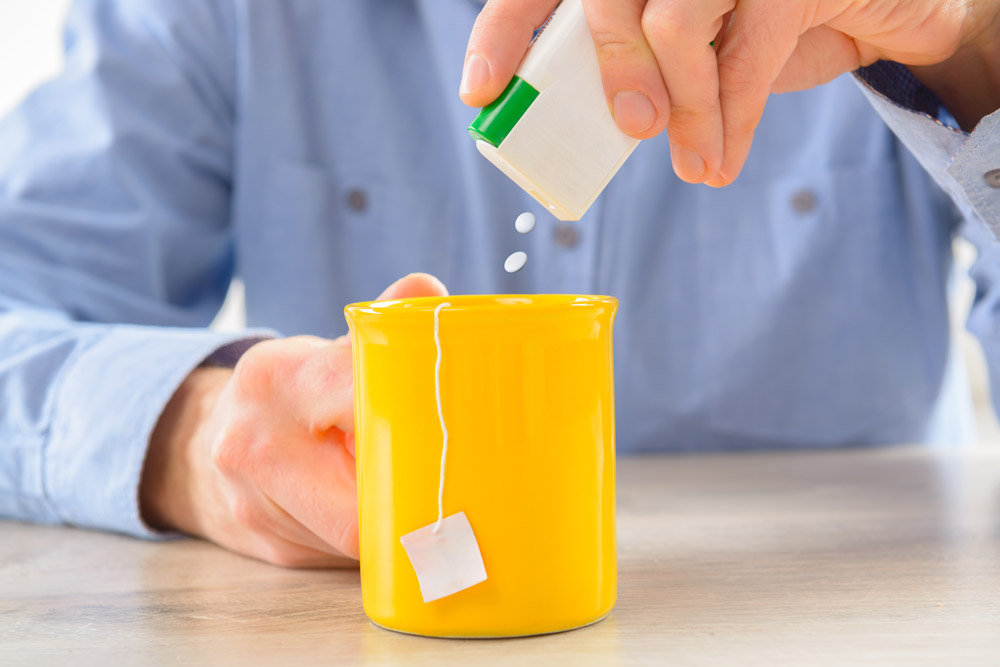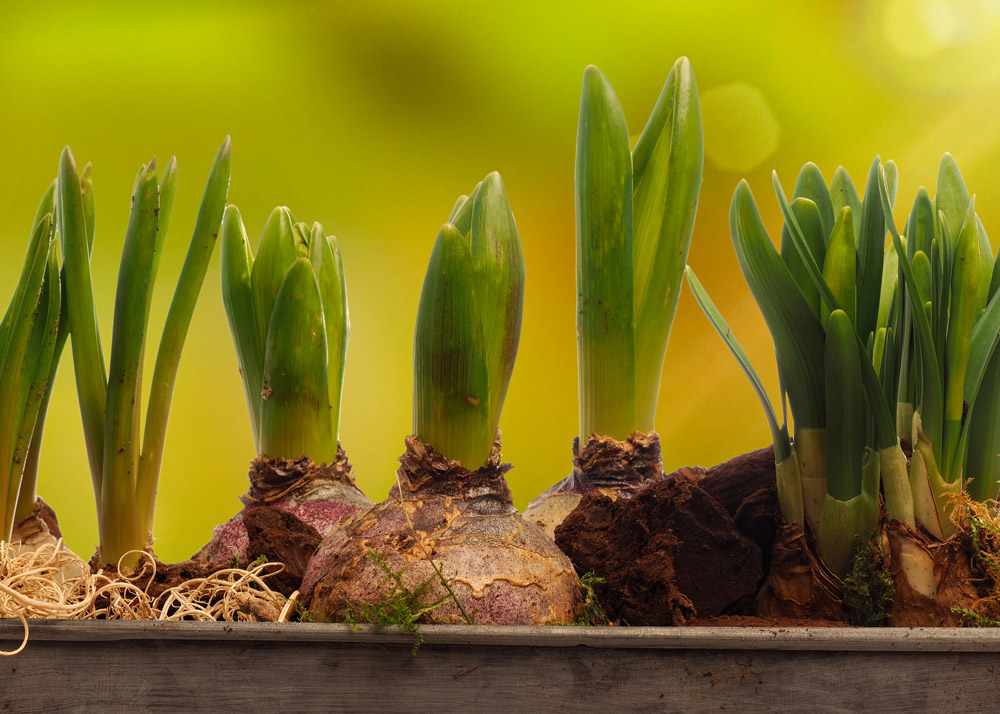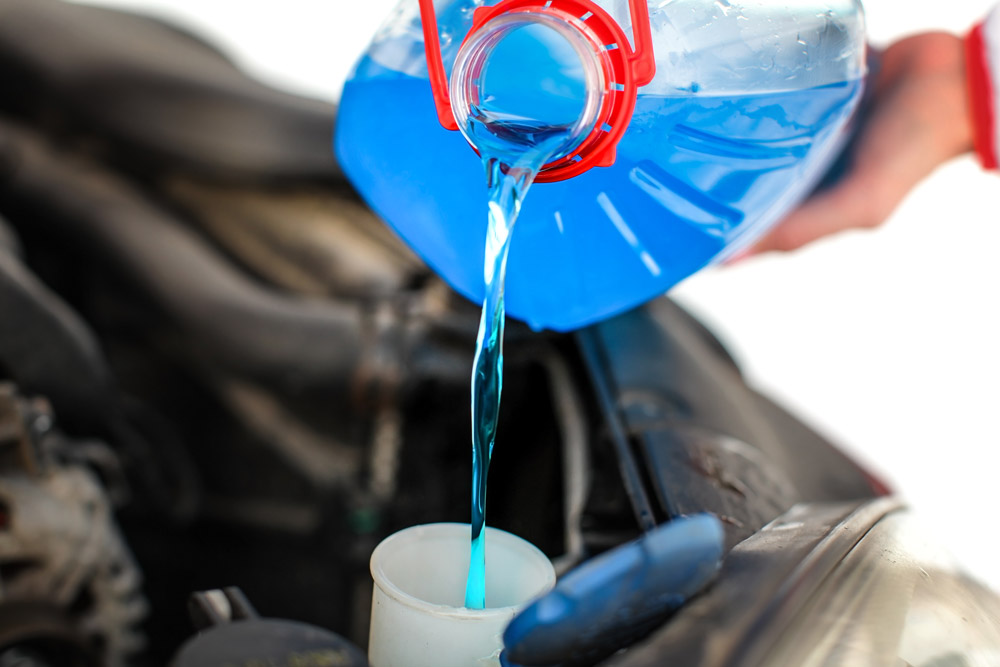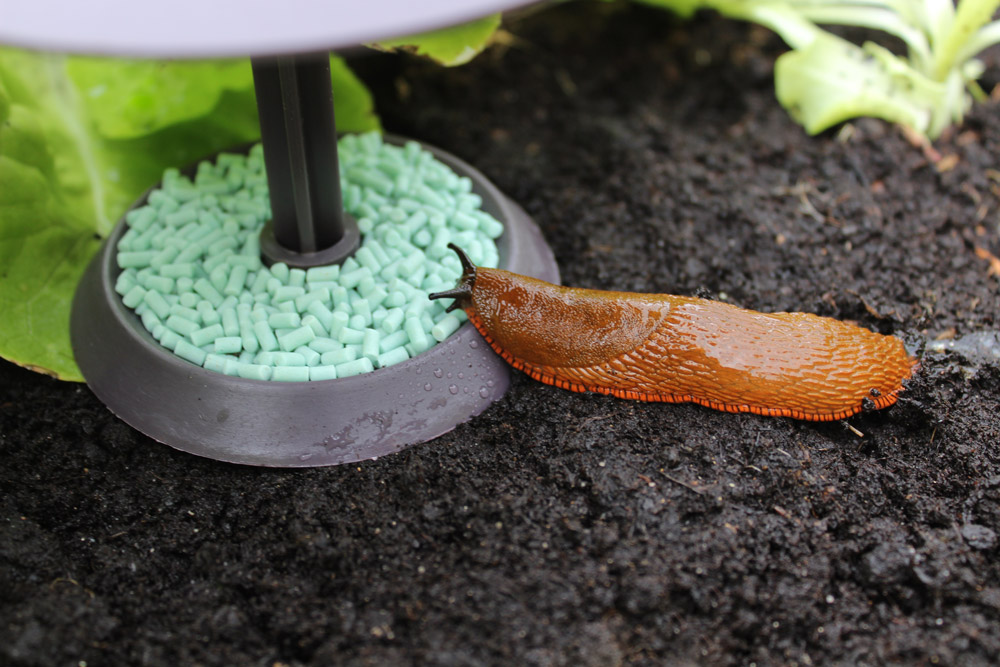The number 1 most common poisoning over Easter is chocolate and the one we will devote the most time to in this toxic round-up. Fortunately, most people are now aware of the dangers, but this isn’t the only seasonal hazard to be wary of in our homes:

1. Chocolate
Chocolate is considered by many of us humans to be one of life’s best treats, but for our pets, it’s highly toxic. In some cases, ingestion can even prove fatal.
Chocolate contains something called theobromine. This is a molecule made by plants and is found in cocoa beans amongst others such as tea and cola. It has lots of different effects on the body – it widens blood vessels, aids urination (diuretic) and is a heart stimulant. Humans can quickly and easily metabolise this substance so it very rarely builds up enough to cause a problem, but dogs (and other animals, but pets such as cats, hamsters and rabbits are much less interested in sweet foods than dogs!) can suffer a build-up. This causes digestive problems, dehydration, internal bleeding, excitability, irregular or abnormal heartbeat and muscle tremors. If this poisoning is left untreated, it can then result in seizures and death.
How much chocolate is too much chocolate?
The amount of Theobromine in chocolate products varies. There’s a much higher concentration in dark chocolate than in chocolate milkshakes for example, but it doesn’t take much to negatively affect your pet. As little as 1.8oz of milk chocolate is enough to poison a small dog.
HELP! My dog has eaten some chocolate. What should I do?!
Don’t panic! Call us and we can advise you over the phone and if necessary, we’ll see your pet as soon as possible. Obviously, if you have a small dog and they’ve eaten a whole Easter Egg or box of chocolates, bring them to us straight away calling on the way to let us know you’re coming.
There is no antidote for theobromine so the usual way we treat them is to get them to vomit – ideally within the first two hours after they’ve eaten the chocolate. We might also wash their stomach out and give them some activated charcoal which is really good at absorbing toxins left in their digestive system.
Depending on the severity of the poisoning, we might also need to put your dog on a drip and give them some medication to calm their heart, control their blood pressure and stop seizures from happening.
With prompt treatment, the outlook is generally good for most dogs, even those who have eaten large amounts.
My dog is exhibiting the symptoms listed above as side effects, but I’m not sure if they’ve eaten chocolate or not. What should I do?
Call us. We can take a look at them and find out what’s going on. Whilst they may not have eaten any chocolate, these symptoms are always signs of something so it’s best to get them checked out as soon as possible and not wait and see.
What can I give as a treat instead of chocolate?
There are lots of options available for sale in the practice if you’d like a handy packet in your pocket. Alternatively, you could use apples, peanut butter stuffed in a Kong, cubed beef, or carrots. You can buy doggy chocolate, but it has little or no nutritional value so it’s not really worth it for the amount of time it’s in their mouths for.

2. Artificial sweetener
Don’t think you’re doing your pooch a favour by giving them diabetic or sugar-free treats. Some of these as well as sugar replacements, chewing gums and even some medicines contain xylitol. This artificial sweetener can cause mild stomach upset in humans, but can be very poisonous to dogs. If your dog eats it, it can cause their blood sugar levels to quickly drop to dangerous levels. Larger amounts can even cause liver failure in extreme cases. If you think your dog has eaten sweeteners or if they appear weak, tired, collapse or have fits you MUST bring them in straight away.
Other store cupboard dangers include:
- Blue cheese
- Onions
- Raisins and grapes
- Tuna in large amounts
- Coffee and coffee grounds
- Raw fish
- Raw eggs
- Excessive amounts of liver
- Raw bread dough
- Cooked bones (not poisonous, but can cause damage if swallowed)
- Excessive quantities of sugar
- Macadamia nuts
- Mouldy food

3. Spring bulbs
All bulbs – and often what grows out of them – are poisonous to pets. Dogs are most likely to be affected by bulbs as in the garden they do like to sniff them out, root them up and eat them – especially when freshly planted in the Autumn of coming into flower in the Spring.
Daffodils and tulips are the most common bulbs found to have poisoned dogs during these seasons.
Inside, cats are most likely to be poisoned by lilies. These flowers are highly toxic to cats, and poisoning generally occurs when the cat walks across a surface where lilies are and brushes against or walks over pollen that they then groom off and ingest. It is recommended that households with cats don’t have lilies in the house unless you can be sure your cat isn’t going to go into that room or have any contact with where they have been.
Signs of poisoning can include red gums, drooling, upset stomach (vomiting and/or diarrhoea), wobbly gait, tiredness and collapse.

4. Antifreeze
This is a particularly nasty poison, especially for cats as for some reason it smells delicious to them and they will lap it up if it’s found puddled on roads and drives.
It contains something called ethylene glycol and an amount of as little as a teaspoon of antifreeze can cause fatal kidney failure in a cat. It’s estimated that 90,000 animals are poisoned by it each year, so it’s a big problem.
An antidote does exist, but to be effective it must be given within three hours of the cat drinking the poison. As finding out what has happened within this timeframe is unusual, treatment is sadly often ineffective.
It’s vitally important that we keep antifreeze in sealed containers locked away from pets and children and don’t allow it to pool on the floor when using it. Regularly check under your car to see if your radiator is leaking or not, and if so wash the area down thoroughly and take your car to be fixed as soon as possible. You could also look for an antifreeze that contains propylene glycol instead of ethylene glycol as this is less poisonous.
Signs of antifreeze poisoning are:
Stage 1: (Within 30 minutes – 12 hours of the poisoning): stumbling, thirst, vomiting
Stage 2: Symptoms seem to subside but huge internal damage is now taking place
Stage 3: Loss of appetite, weakness, vomiting, diarrhoea, irregular heartbeat, possible seizures. These all indicate acute kidney failure.

5. Slug bait
As temperatures warm up and lush green shoots appear, so do the slugs and snails. Gardeners often reach for slug pellets to control them without realising they are also toxic to pets who roam through the garden. Dogs are particularly attracted to the pellets.
Slug pellets vary in toxicity depending on what’s in them. Some are fairly safe, others contain metaldehyde which is highly toxic to dogs.
Even small amounts of this substance can cause significant poisoning, so make sure you wash your dog’s feet and mouth if you think they might have come into contact with them even if they haven’t eaten any. This will stop any of the substance from being ingested next time they wash.
Symptoms of slug pellet poisoning are similar to antifreeze and initially include wobbling and being unusually uncoordinated, tremors and fits. These can happen within the first hour after poisoning so you must seek help from a vet as soon as you think your pet might have come into contact with pellets or eaten some even if symptoms haven’t yet started to appear.